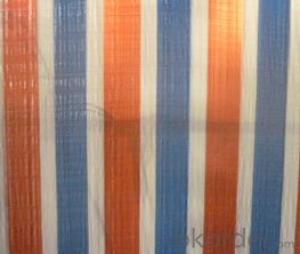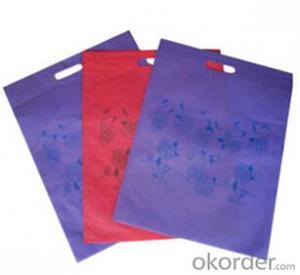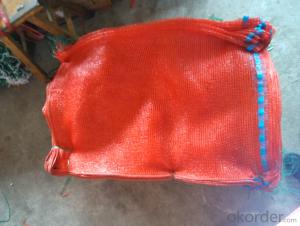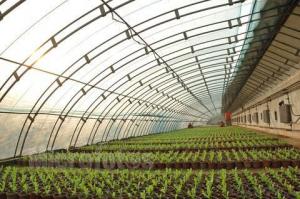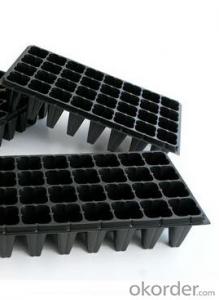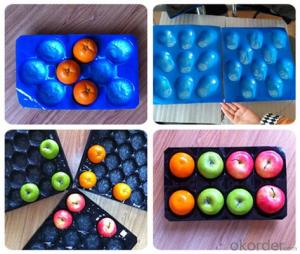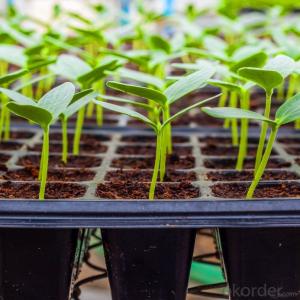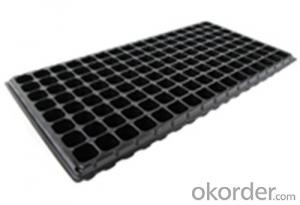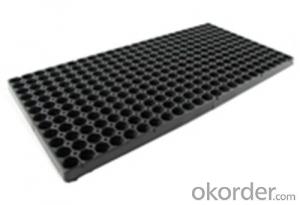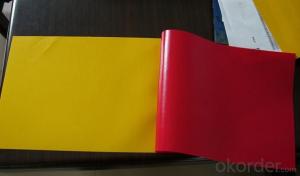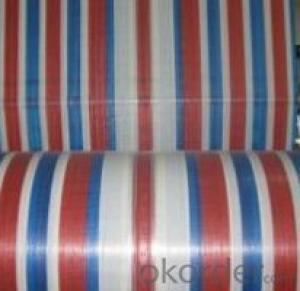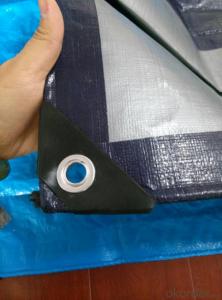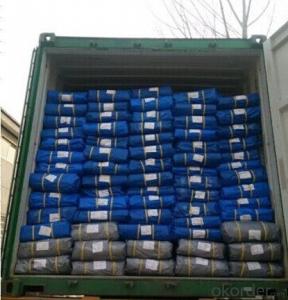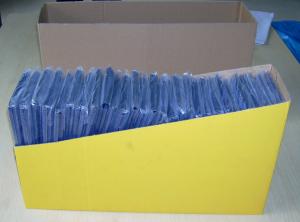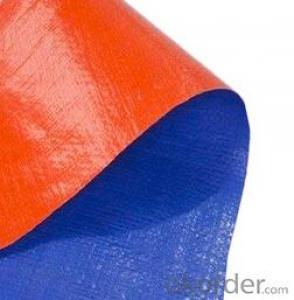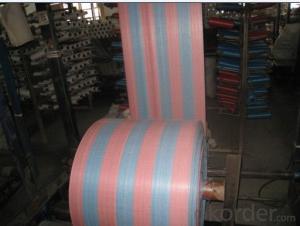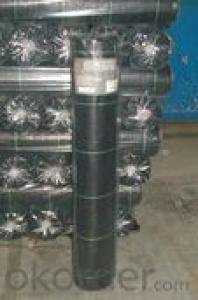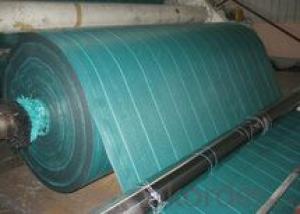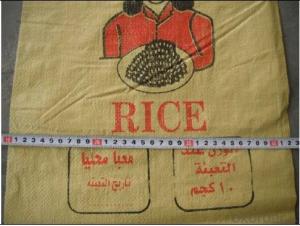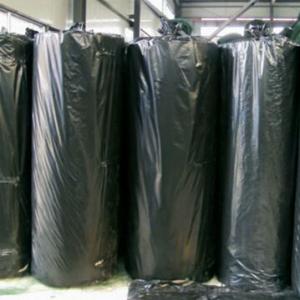Big size colorful tarpaulin
OKorder Service Pledge
OKorder Financial Service
You Might Also Like
Specifications
four colors stripe
105gsm to 135gsm
width 6' , 12', 2m, 4m without joint
Different sizes and colors can be customized to customer requirements
PE Tarpaulin can be widely used in as thecover as well as other usage. It can be used in industrial, agricultural,garden and home.Covers for general use, scaffoldings inconstruction sites, underground sheets,Covers for truck, cars, boats, containers, warning tapes,Covers for materials, roofs, road repair sites, fencesCovers for timber, hay, cotton and allkinds of crops Covers for daring crops.Covers for garden, backyard use Covers for furniture Gazebo tentd, dining canopies,swimming pool covers.
Packing
1.For rolls , packed in a plastic bag with a label between rolls and bag
2.For Tarpaulin sheets, Each piece in a polybag with a label then proper pieces in a carton box packing or same color bale packing
All these products are widely used in agriculture and construction. We have perfect technical inspection facilities, advanced quality control system and great production capacity, all which ensure good quality as well as timely delivery.
- Q: What are the raw materials of plastic products in life? Resin? Or oil?
- Plastic is a kind of macromolecule organic material with resin as its main component. It can form a definite shape at a certain temperature and pressure and maintain a definite shape at normal temperature.Usually refers to the resin conversion or melting range when heated into force with mobility, at room temperature is organic polymer solid or semi-solid or liquid plastic, it is the most basic and most important components. Broadly speaking, in the plastics industry, any polymer used as a basic material for plastics can be called resins.
- Q: I recently recieved my GED diploma. I wonder should I plastic process it? Which means go to a photo shop to ask them to cover the diploma with plastic to pretect the color or anything. Should I do this??? How abou the SSN card?
- I personally think that paying a business to laminate your GED diploma would be a waste of money. I would suggest that you just get some inexpensive plastic document protectors and put your diploma in one of those and store it and other important documents in a safe place. I keep my important documents in such a plastic sleeve, and in a watertight plastic storage container in a cabinet away from any water pipes. My documents are safe, and can be accessed when I need to show them to an entity, such as when I try to rent an apartment. As to your Social Security card, you are actually NOT supposed to laminate it. Again, put it in a plastic protective sleeve and store it in a safe (and easily remembered) place. You really should not carry your Social Security card around with you. The only time you need to use it is mainly when applying for jobs or housing. If you lose your card, that 'opens the door' for someone to steal your identity, which is NOT a pleasant scenario.
- Q: I need to glue a flat plastic piece to a plastic strip for something. What would be the best adhestive that can withstand temperatures in the 100-120F degrees range? Appoxy maybe? Thanks.
- A lot depends on what type of plastic you are using. If you are working with plexiglas, the correct glue to use is (Methylene Chloride). This is a clear liquid like water. Put the two pieces together and then apply to the joint. This dissolves the plastic and re-forms as one piece. Sets up in a matter of seconds. Looks like there was never two pieces.
- Q: What types of plastic materials are used in making shade structures?
- Some common types of plastic materials used in making shade structures include high-density polyethylene (HDPE), polyvinyl chloride (PVC), and polycarbonate.
- Q: What are some ground cover options for a formal garden?
- Some ground cover options for a formal garden could include boxwood, creeping thyme, mondo grass, or dwarf mondo grass.
- Q: i just got a plastic filling in my tooth to seal a lingual cavity. are plastic fillings still just as secure?
- Yes they are especially on the lingual surface where they will not be even chewed upon. Good question Matt
- Q: What are some ground cover options for regions with poor soil drainage?
- Some ground cover options for regions with poor soil drainage include creeping thyme, Japanese spurge, ajuga, sweet woodruff, and bishop's weed. These plants are known for their ability to tolerate wet or waterlogged soil conditions, making them suitable choices for areas with poor drainage.
- Q: i heard that plastic aquariums are bad for the fish as it releases something toxic in the water
- yes quite often aquariums are made of a very high stregth plastic the difference with this and glass is that the plastic can scratch but it is lighter and can be shaped and formed. alot of custom tank builders use plastic to come up with all kinds of wierd and wonderful shapes and sizes of fish tanks and no the plastic used is, like glass, definately inert, it will never leak chemicals or toxins into the water
- Q: What are the advantages of using plastic pots for seedlings?
- There are several advantages of using plastic pots for seedlings. Firstly, plastic pots are lightweight, making them easy to handle and transport. Secondly, plastic pots are durable and resistant to breakage, ensuring long-term use. Additionally, plastic pots provide better insulation, maintaining a more consistent temperature for seedlings. They also retain moisture well, preventing soil from drying out too quickly. Lastly, plastic pots are cost-effective and widely available, making them a practical choice for gardeners of all levels.
- Q: What is the best ground cover for attracting reptiles and amphibians?
- The best ground cover for attracting reptiles and amphibians would be a combination of native plants and leaf litter. Native plants provide food sources and shelter for these animals, while leaf litter offers hiding spots and moisture retention.
Send your message to us
Big size colorful tarpaulin
OKorder Service Pledge
OKorder Financial Service
Similar products
Hot products
Hot Searches
Related keywords
